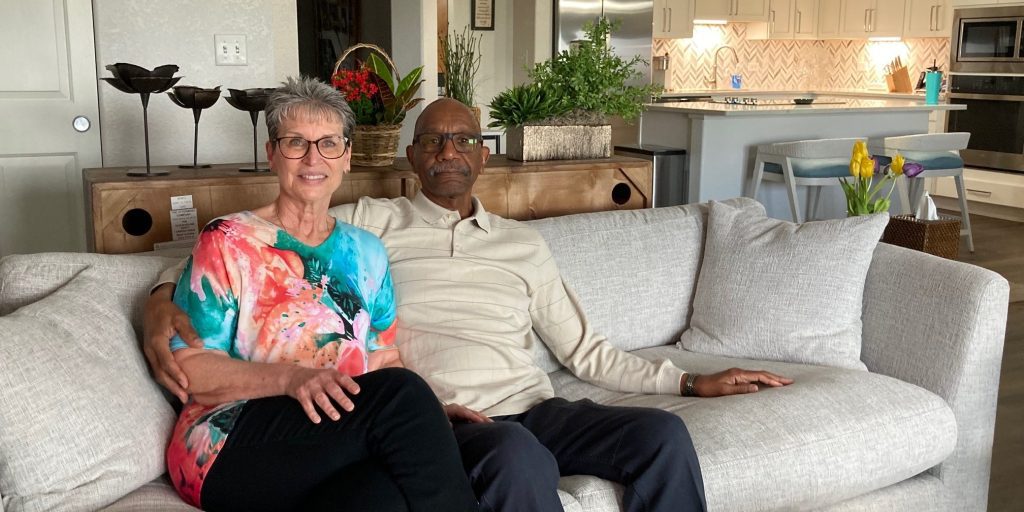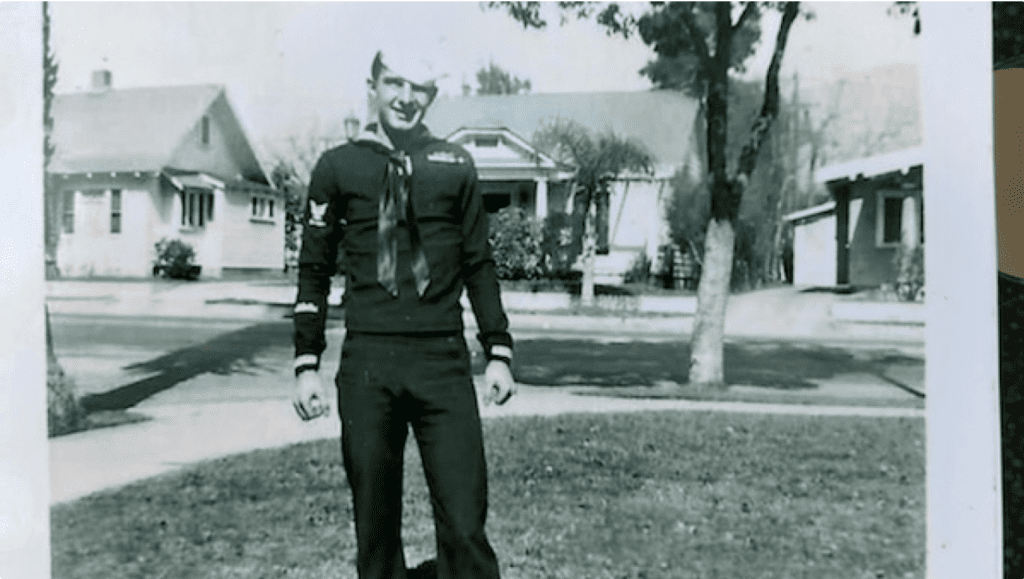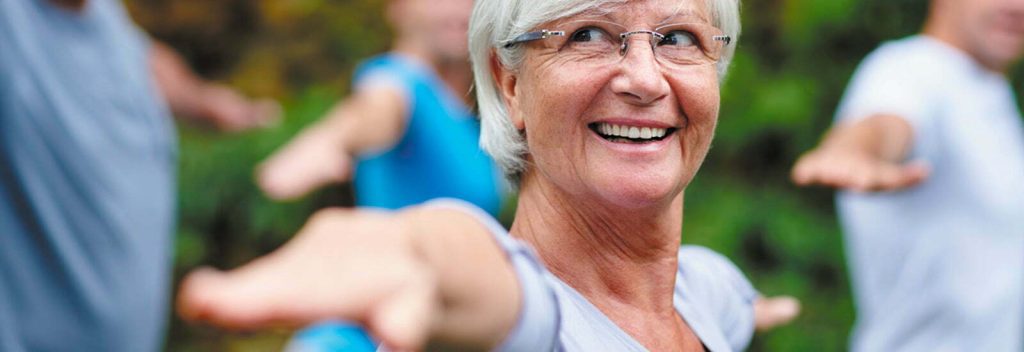This year, more than 25 percent of people ages 65 and older will experience a fall, according to the Centers for Disease Control and Prevention (CDC). Many of these falls will result in a broken hip or potentially life-threatening injury. After suffering a fall, an understandable fear of falling again may result in decreased physical activity, weaker muscles and poor balance, making future incidents more likely. Most experts agree that exercise is key to fall prevention in older adults.
Falls can be the result of normal age-related changes, including poor eyesight or poor hearing. Illnesses and other conditions may also have an impact on strength and balance. As people age, their reaction time is slower, so when a trip occurs, they often don’t react quickly enough to prevent a fall. The CDC cites exercise as a way to keep legs stronger and to decrease the chances of falling.
Preventing Falls at Home
Many older Americans are injured when they fall at home. These falls are often due to hazards in the home that are easily fixed but sometimes overlooked. The CDC offers a home safety checklist that includes the following recommendations:
- Make sure rooms offer a clear path for walking and that no furniture needs to be moved around.
- Use rug pads beneath rugs to keep them in place.
- Pick up objects that are on the floor that don’t belong, such as magazines, papers, or shoes.
- Keep wires and cords tucked away so they are not a tripping risk.
- Keep steps free of clutter. Make sure stairs are in good repair with a solid stair rail.
- Ensure there is good lighting in hallways and other areas.
- Use a rubber mat to avoid slips in the bathtub. Have grab bars available near the tub and toilet.
Exercises for Balance and Flexibility
Exercise is a proven way to prevent falls because it strengthens the muscles that keep us upright and also improves our balance. Be sure to check with your doctor before starting any exercise program to make sure it is safe.
For the greatest benefit, experts recommend a mixture of the following exercise types:
- Aerobic Walking, bicycling, or climbing stairs can help strengthen the muscles of your legs and lower body.
- Flexibility and balance Try tai chi to improve muscle strength while increasing balance. This ancient Chinese practice consists of slow, gentle movements many older adults appreciate, and has been shown to significantly reduce the likelihood of falls. Yoga is another low-impact way to improve coordination and flexibility.
- Stretching muscles and joints helps to keep them flexible and improves balance.
- Resistance and strength training Using hand weights, elastic bands, or a weight machine can help build both upper and lower body strength.
Other exercises, including simple sit-to-stand exercises and balancing practice, are also crucial for fall prevention. Here are some examples:
- Heel raises While standing up straight behind a chair, position feet hip-width apart, lift up on the toes, hold, then lower the heels to the floor. Repeat 10 times.
- Side leg lifts While standing up straight behind a chair, hold the chair back with both hands, lifting the right leg straight out to the side about 6 inches off the floor. Hold, then return to the starting position. Repeat up to 10 times on each side.
- Standing heel lifts Standing up straight behind a chair, hold the chair back with both hands, extending your right leg behind you with toes touching the floor. Bend the right knee up, trying to touch your right buttock with your heel. Hold, then slowly lower the leg. Repeat up to 10 times on each side.
Rehabilitation Services at Holly Creek
If you have experienced a fall and need rehabilitation services to help you recover, Holly Creek offers a best-in-class rehab team that can meet your needs—whether you need short or long-term therapy. Our therapists use state-of-the-art computer technology to improve your strength and flexibility. Holly Creek also features an AlterG antigravity treadmill developed by NASA, which helps residents improve walking mechanics without having to put full weight on their limbs.





